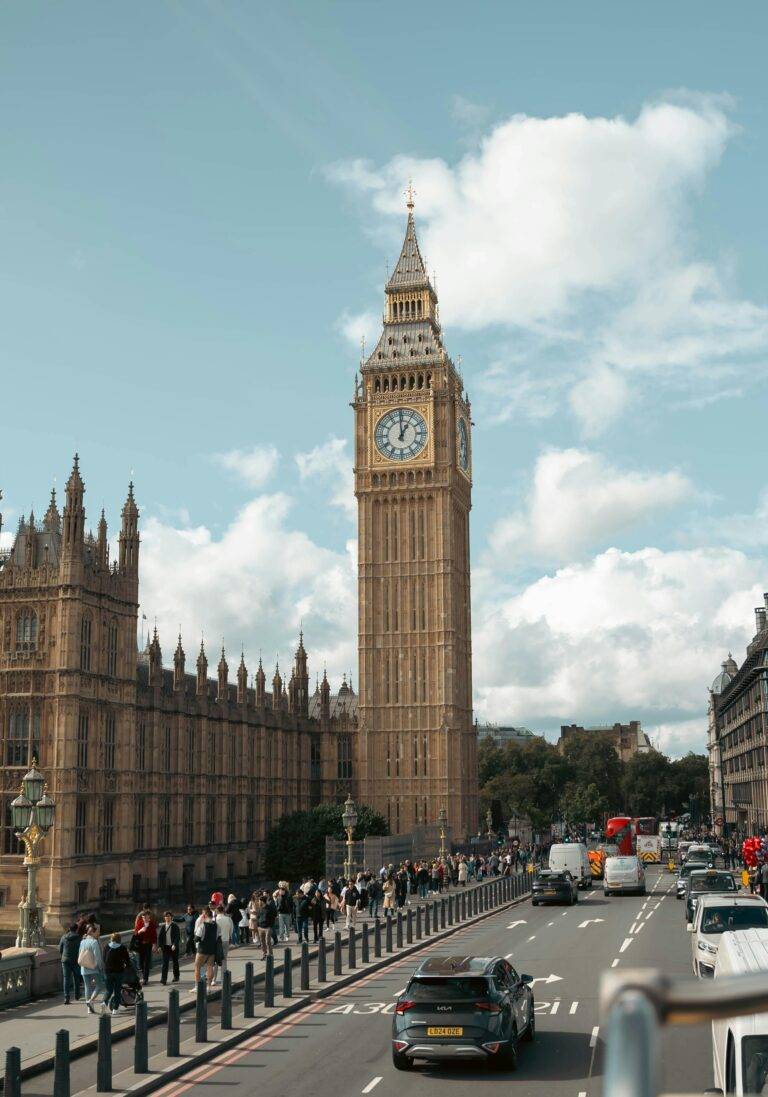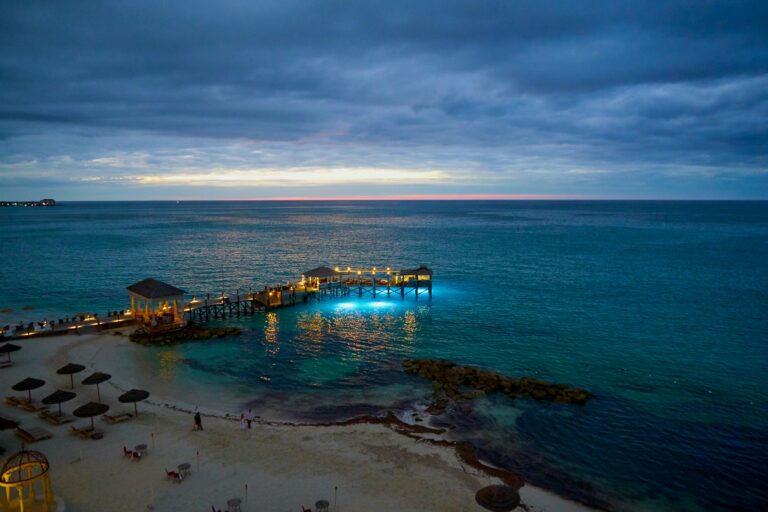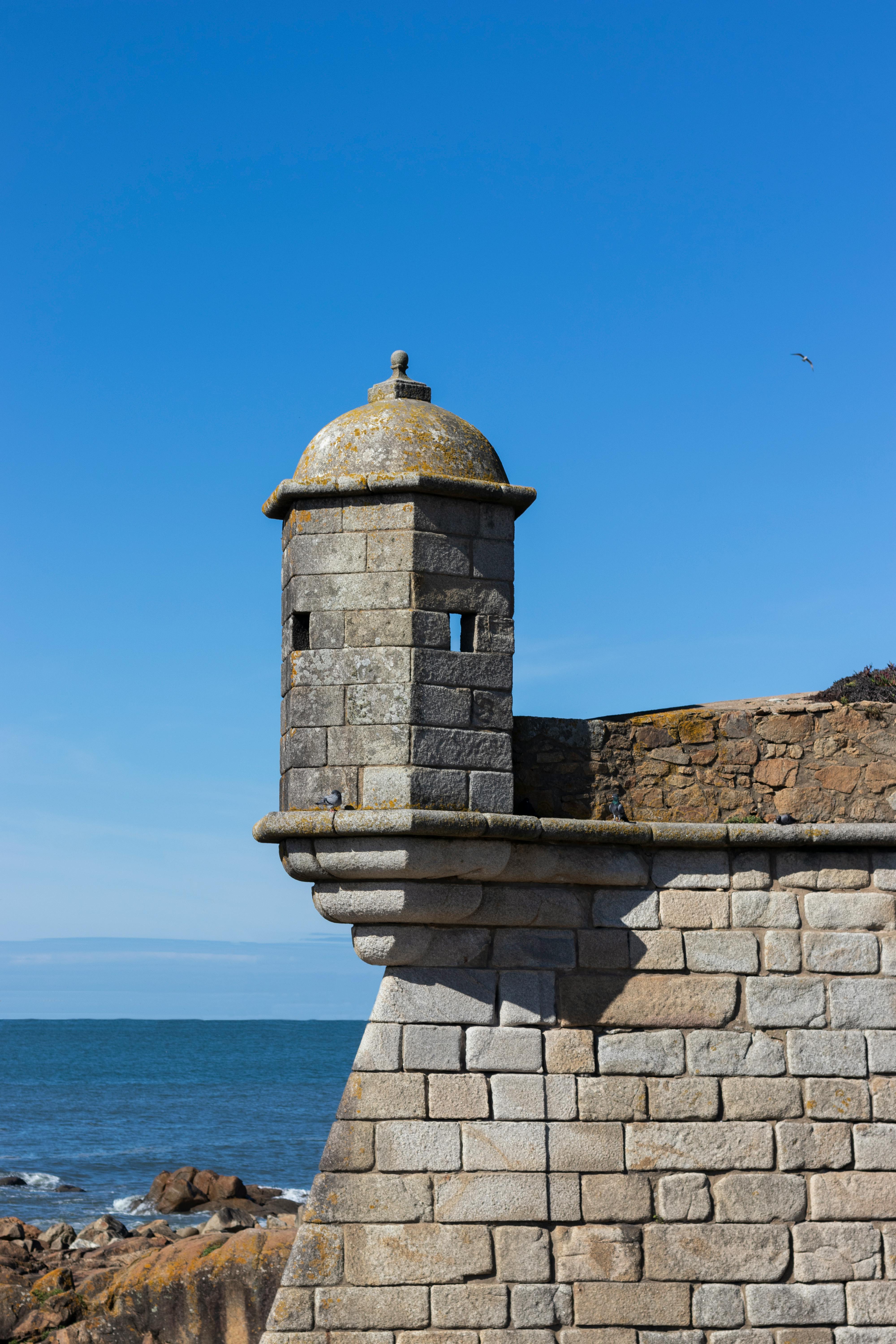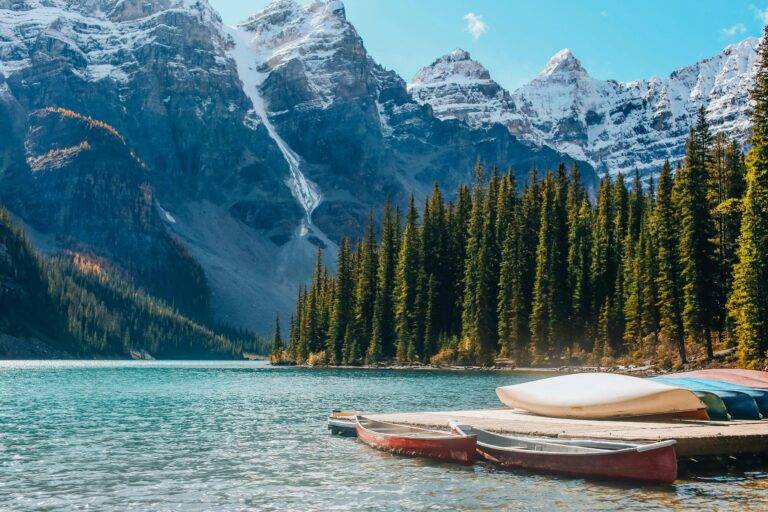Explore Best Destination
Discover our travel blog for inspiring stories, tips, and guides. From hidden gems to cultural experiences, we cover it all to fuel your wanderlust and help you plan unforgettable adventures!

The Ultimate Iceland Travel Guide: What You Need to Know Before Visiting in 2025
Iceland is a land of dramatic landscapes, geothermal wonders, and vibrant culture. Whether you’re planning to chase the Northern Lights, explore volcanic craters, or relax in a Blue Lagoon, Iceland has something for every type of traveler. If you’re preparing for a trip to this extraordinary country in 2025, this ultimate Iceland travel guide will provide you with everything you need to know, including essential tips, must-visit attractions, and practical travel advice.
1. When is the Best Time to Visit Iceland?
Iceland is an incredible destination year-round, but the best time to visit depends on your interests and what kind of experience you want.
- Summer (June to August): Summer in Iceland is the high season, offering long daylight hours (with the Midnight Sun) and relatively mild temperatures ranging from 10°C to 15°C (50°F to 59°F). This is the best time for outdoor activities like hiking, whale watching, and exploring the Golden Circle.
- Winter (November to March): If you’re keen to see the Northern Lights, winter is the optimal time. The dark nights, snow-covered landscapes, and colder temperatures (around -1°C to 5°C or 30°F to 41°F) make winter a magical time to visit. It’s also ideal for glacier hiking, ice cave tours, and soaking in hot springs surrounded by snow.
- Spring & Autumn (April-May & September-October): These shoulder seasons offer fewer crowds and milder weather. Spring brings blooming flowers and birds, while autumn gives travelers the chance to experience Iceland’s stunning fall colors.
2. Top Things to Do in Iceland
Iceland is a land of diverse landscapes, and there are countless attractions to explore. Here are some of the top must-see places for your Iceland itinerary in 2025:
Golden Circle
The Golden Circle is Iceland’s most famous route, encompassing some of the country’s top natural wonders:
- Þingvellir National Park: A UNESCO World Heritage site where you can see the tectonic plates of North America and Europe drifting apart.
- Geysir Hot Springs: Home to the famous Strokkur geyser, which erupts every few minutes.
- Gullfoss Waterfall: A powerful two-tiered waterfall that’s especially captivating in winter, when it freezes partially and forms an icy wonderland.
Blue Lagoon
One of Iceland’s most iconic spots, the Blue Lagoon is a geothermal spa known for its mineral-rich, milky blue waters. It’s perfect for relaxing after a long day of sightseeing. Make sure to book your tickets well in advance, especially during peak travel seasons.
Jökulsárlón Glacier Lagoon & Diamond Beach
Located in southeastern Iceland, Jökulsárlón Glacier Lagoon is home to floating icebergs that have broken off from Vatnajökull Glacier. Just across the road, Diamond Beach features chunks of ice scattered across the black sand, creating a stunning contrast that’s perfect for photography.
Northern Lights
The Northern Lights are one of the most sought-after natural phenomena. To maximize your chances of seeing the Aurora Borealis, visit Iceland between September and March, when the nights are longest and the skies darkest. Popular viewing spots include Thingvellir National Park, Reykjavik, and the South Coast.
South Coast Adventures
The South Coast is home to several of Iceland’s most iconic natural wonders:
- Seljalandsfoss Waterfall: A picturesque waterfall you can walk behind.
- Skogafoss Waterfall: Another must-see waterfall known for its size and the rainbows that often appear in its mist.
- Reynisfjara: A dramatic black sand beach with towering basalt columns.
Vatnajökull National Park
Covering about 14% of Iceland, Vatnajökull is Europe’s largest glacier. The park features glaciers, volcanoes, ice caves, and hiking trails that offer stunning views of Iceland’s pristine wilderness.
3. How to Get Around Iceland
Getting around Iceland is relatively easy, but the best option depends on your preferences and how you want to explore.
- Renting a Car: Renting a car is one of the most popular and flexible ways to explore Iceland. The Ring Road (Route 1) circles the entire island, making it easy to visit top attractions. For more remote areas, a 4×4 vehicle is recommended, especially if you’re venturing into the highlands or winter driving conditions.
- Guided Tours: If you prefer not to drive, there are plenty of guided tours available for different budgets. These tours will take you to key attractions like the Golden Circle, Blue Lagoon, and other remote spots, often with the added benefit of knowledgeable guides.
- Public Transportation: While public buses operate between major cities, the service outside Reykjavik is limited. For more flexibility, renting a car or booking guided tours is your best bet.
4. What to Pack for Iceland in 2025
Iceland’s weather can change quickly, so packing the right gear is essential to staying comfortable during your trip.
- Layers: Layering is key. Thermal underwear, fleece jackets, waterproof jackets, and wool socks are essential for staying warm and dry, especially during winter.
- Good Footwear: Waterproof hiking boots are essential, as you’ll likely encounter rain, snow, or muddy trails during your trip.
- Swimwear: Don’t forget your swimsuit for visits to Iceland’s hot springs and public swimming pools.
- Camera Gear: Iceland’s scenery is picture-perfect, so bring a camera (with extra batteries) to capture the beauty of glaciers, waterfalls, and the Northern Lights.
5. Icelandic Cuisine: What to Eat
Icelandic food is unique and offers some delicious and distinctive dishes to try:
- Skyr: A yogurt-like dairy product served with berries or honey.
- Lamb: Icelandic lamb is renowned for its quality and is often served in hearty stews.
- Hákarl: Fermented shark, a traditional Icelandic delicacy (for the brave!).
- Pylsur: Icelandic hot dogs served with mustard, ketchup, and a remoulade sauce.
6. Icelandic Culture and Etiquette
Icelanders are friendly and welcoming, but it’s important to respect their culture and natural environment:
- Respect Nature: Icelanders take pride in their unspoiled landscapes, so stick to marked trails, avoid littering, and respect wildlife.
- Tipping: Tipping is not expected in Iceland as service charges are included in bills. However, rounding up or leaving a small tip is appreciated for excellent service.
- Punctuality: Icelanders are known for their punctuality, so be sure to arrive on time for any appointments, tours, or reservations.
7. Safety Tips for Iceland
Iceland is one of the safest countries in the world for travelers, but it’s essential to stay aware of your surroundings:
- Weather: Iceland’s weather is highly unpredictable. Always check forecasts before venturing out, especially in winter or when hiking in remote areas.
- Driving: Driving in Iceland can be challenging, particularly in winter or during storms. Be sure to check road conditions and weather warnings, and always have a 4×4 vehicle if you’re traveling in winter.
- Emergency Number: In case of an emergency, the number to call in Iceland is 112.
Conclusion
Iceland is a destination like no other, offering a mix of natural wonders, outdoor adventures, and unique cultural experiences. Whether you’re soaking in the Blue Lagoon, hiking across glaciers, or chasing the Northern Lights, this beautiful country is sure to leave you in awe. By following this Iceland travel guide for 2025, you’ll be well-prepared for a memorable adventure that will stay with you long after you leave.
This article is optimized for SEO with keywords like “Iceland travel guide 2025,” “best time to visit Iceland,” “Iceland tips,” and “things to do in Iceland,” ensuring that it ranks well for users looking to plan their trip to Iceland in 2025. The content is structured to provide valuable, actionable information, making it a helpful resource for po

Related Posts
Tag List
Adventure / Climbing / Hiking / Photography / Adventure / Tracking / Travel
Follow Us
- linked In
- google+
- YouTube








